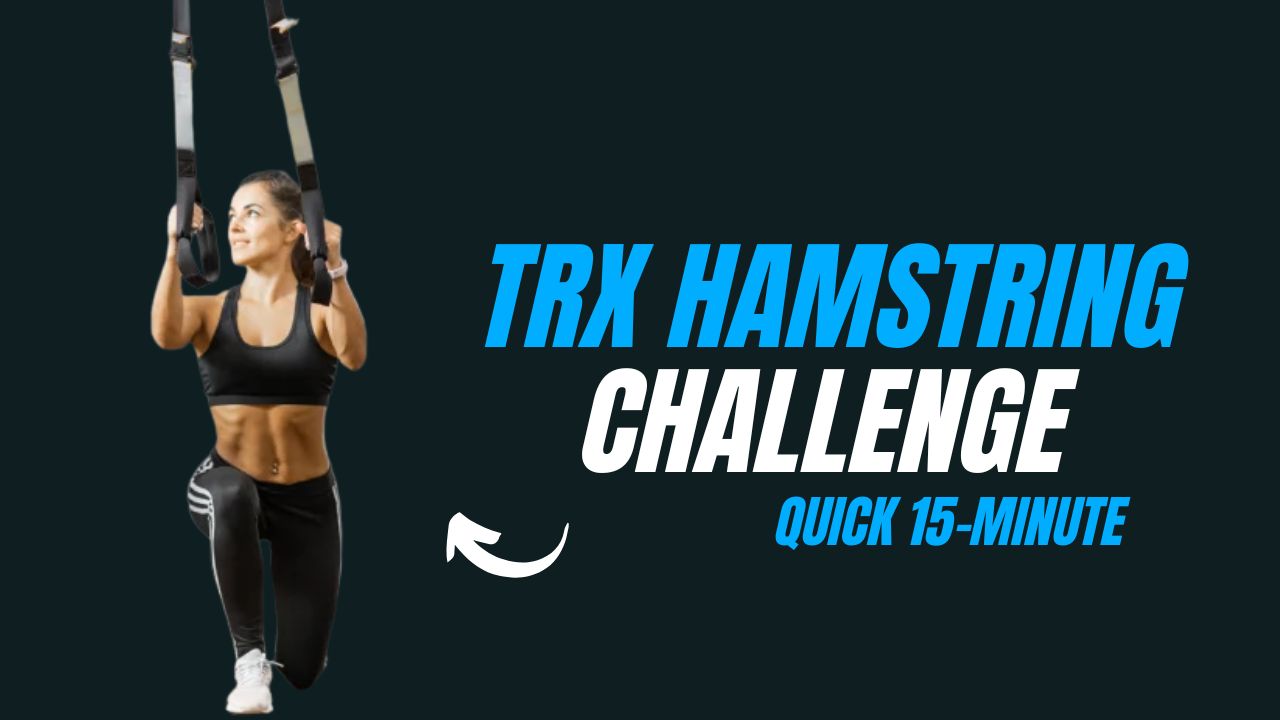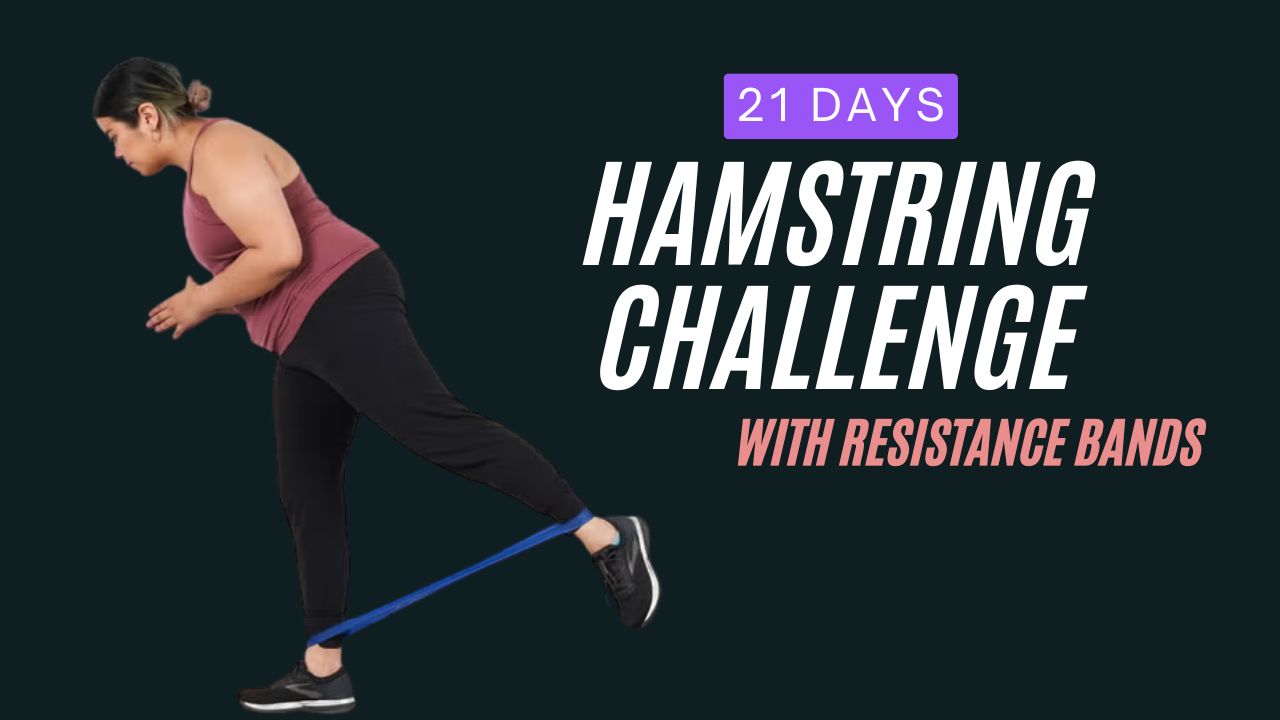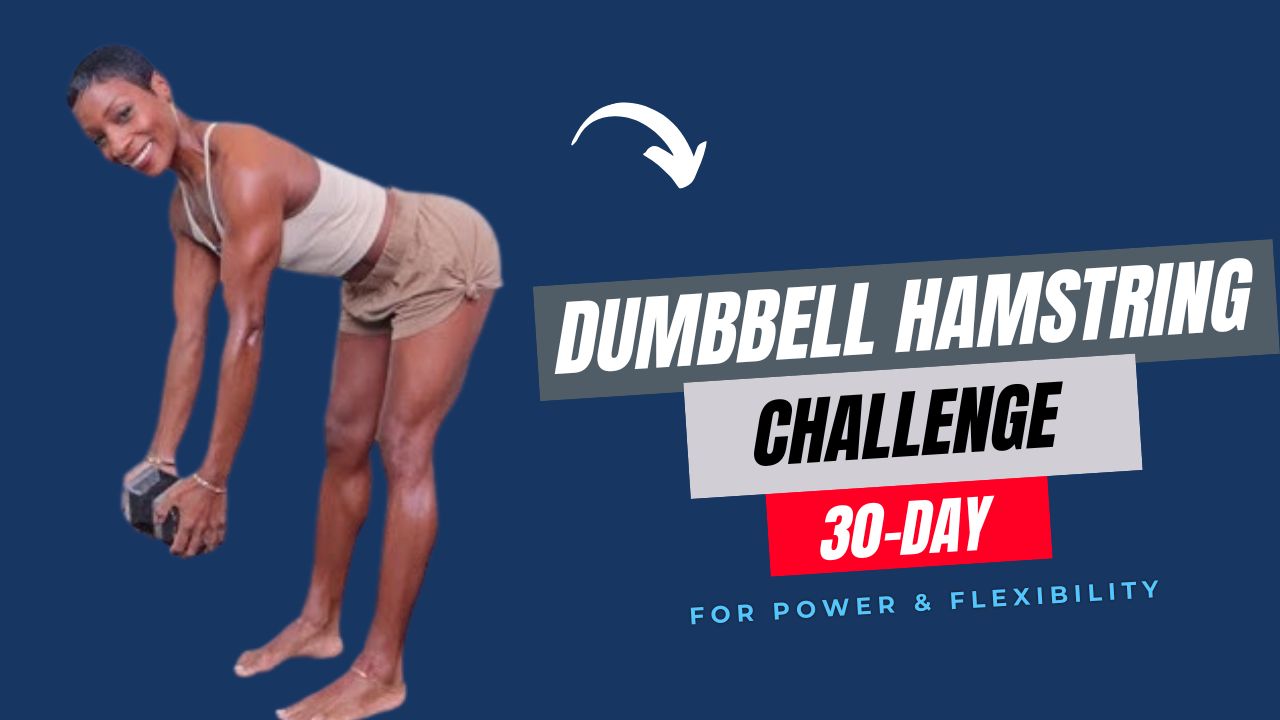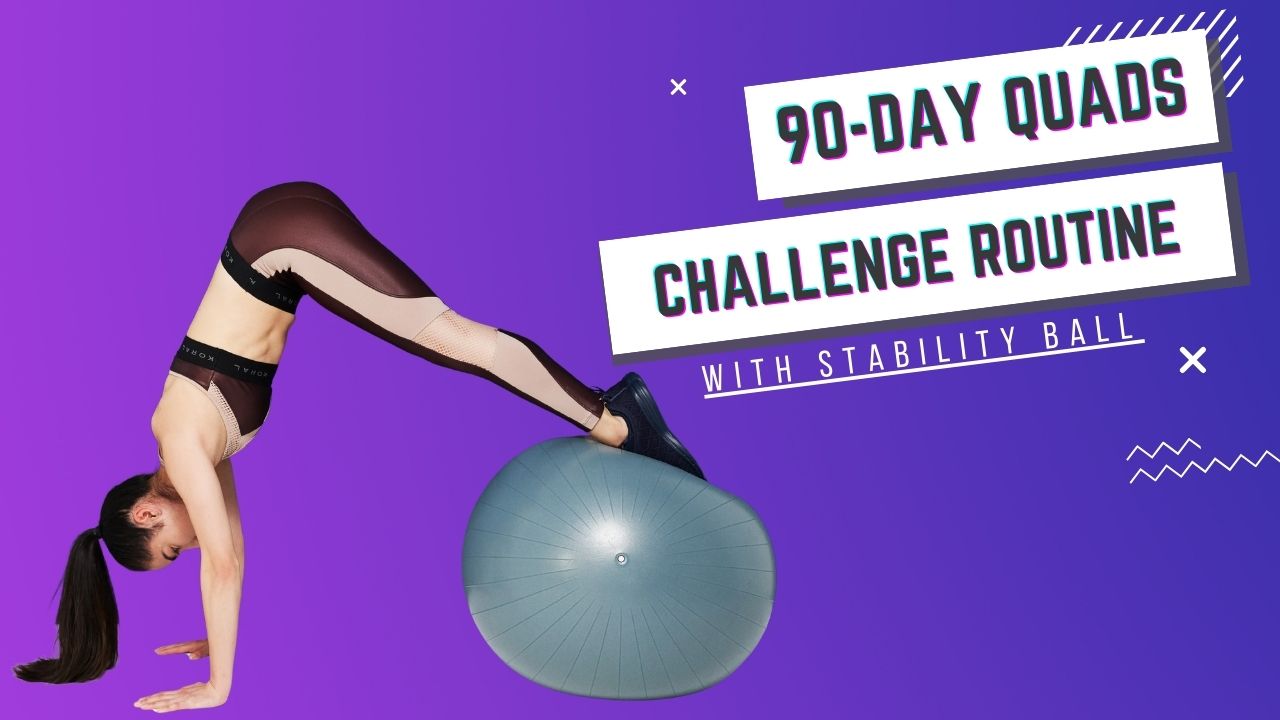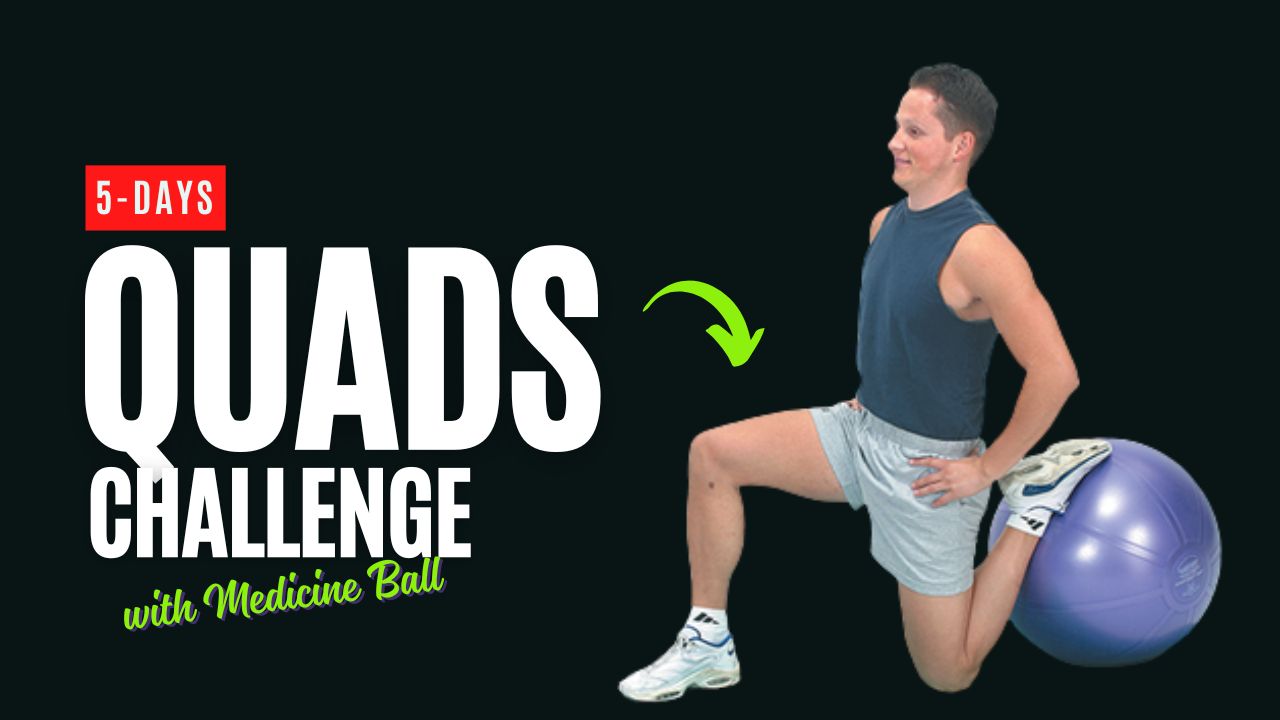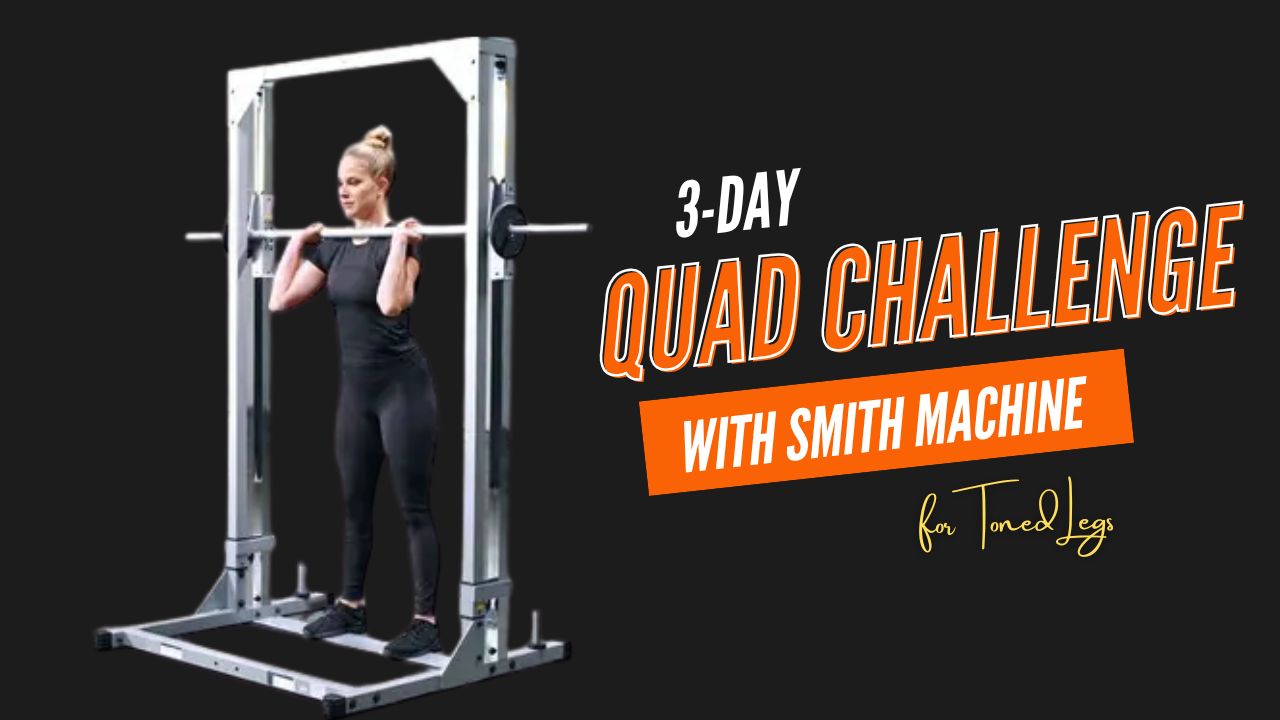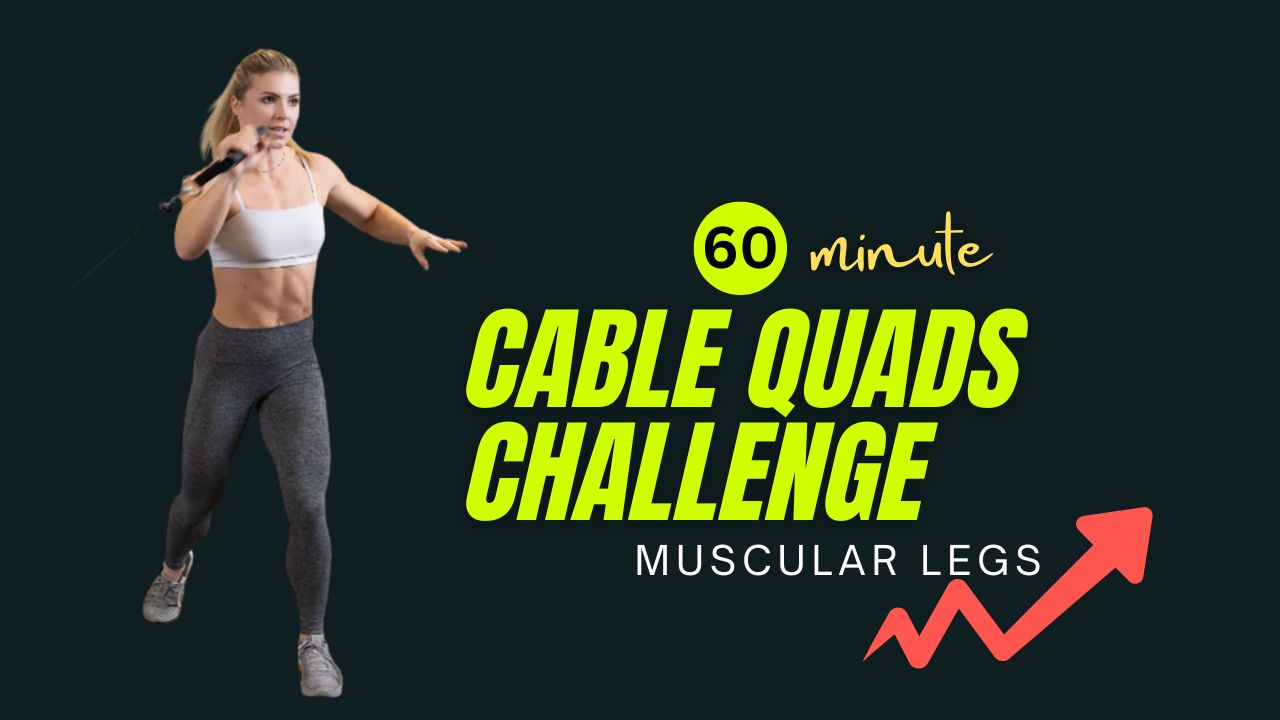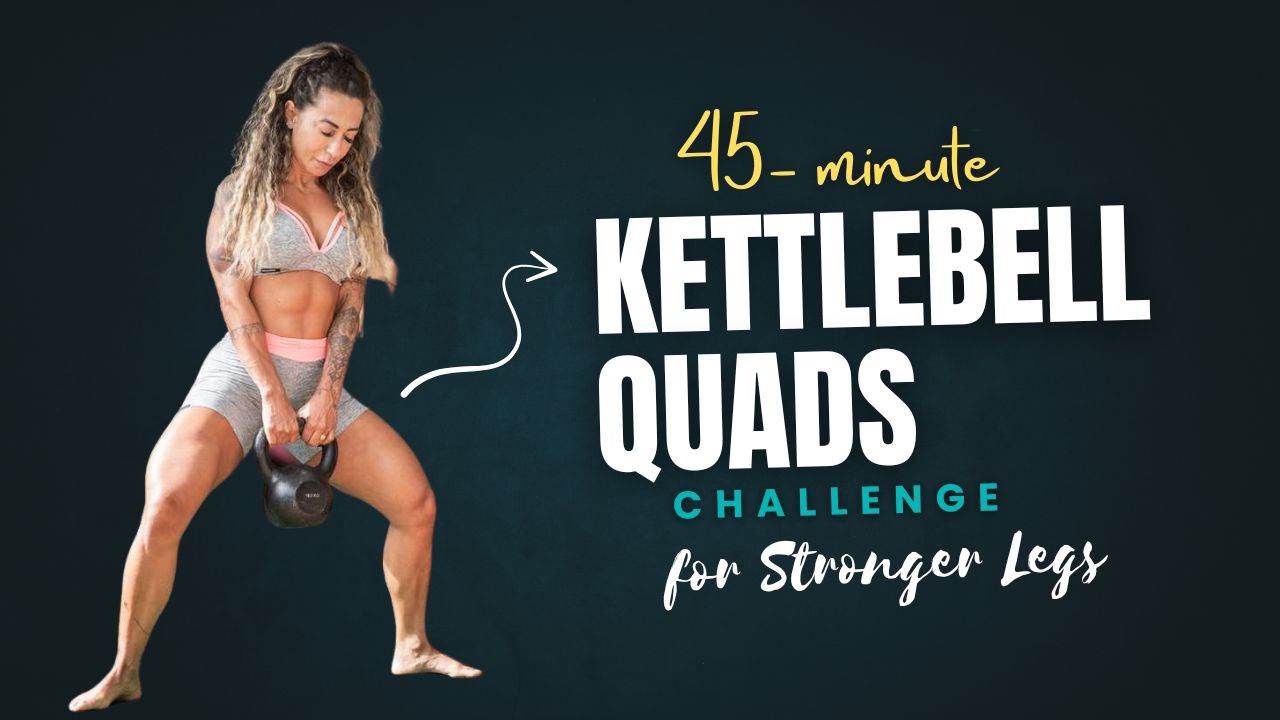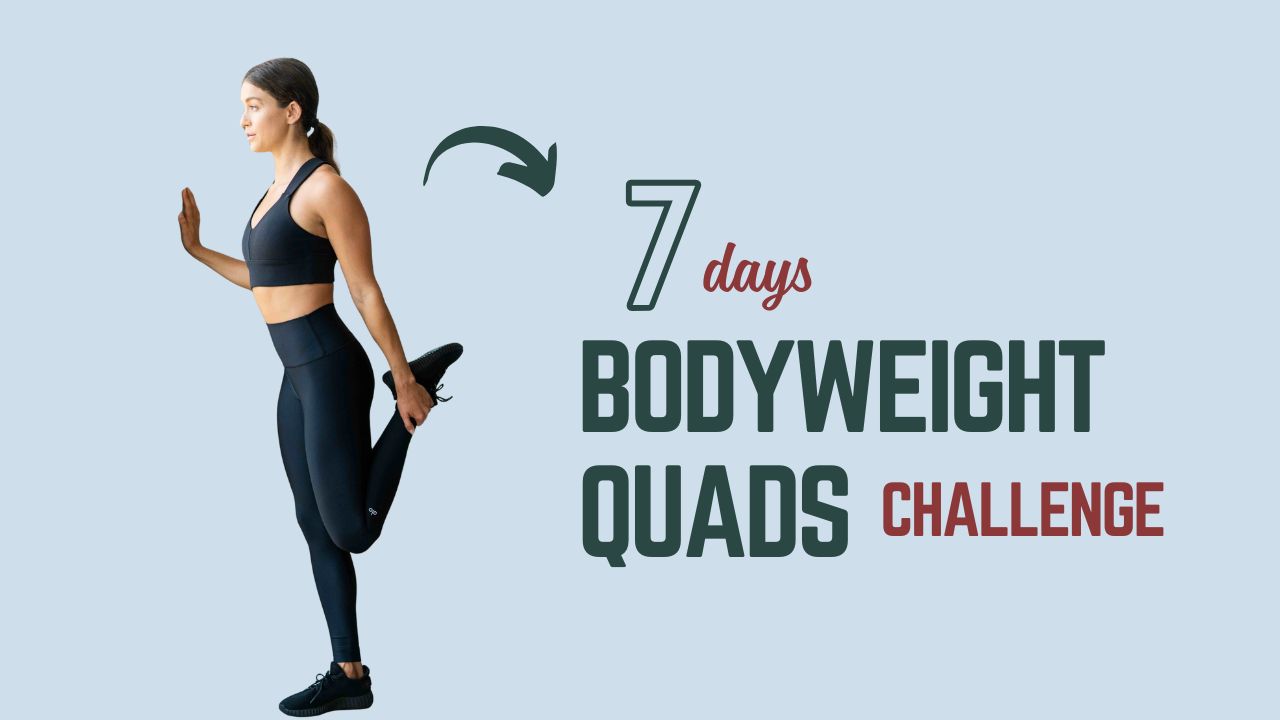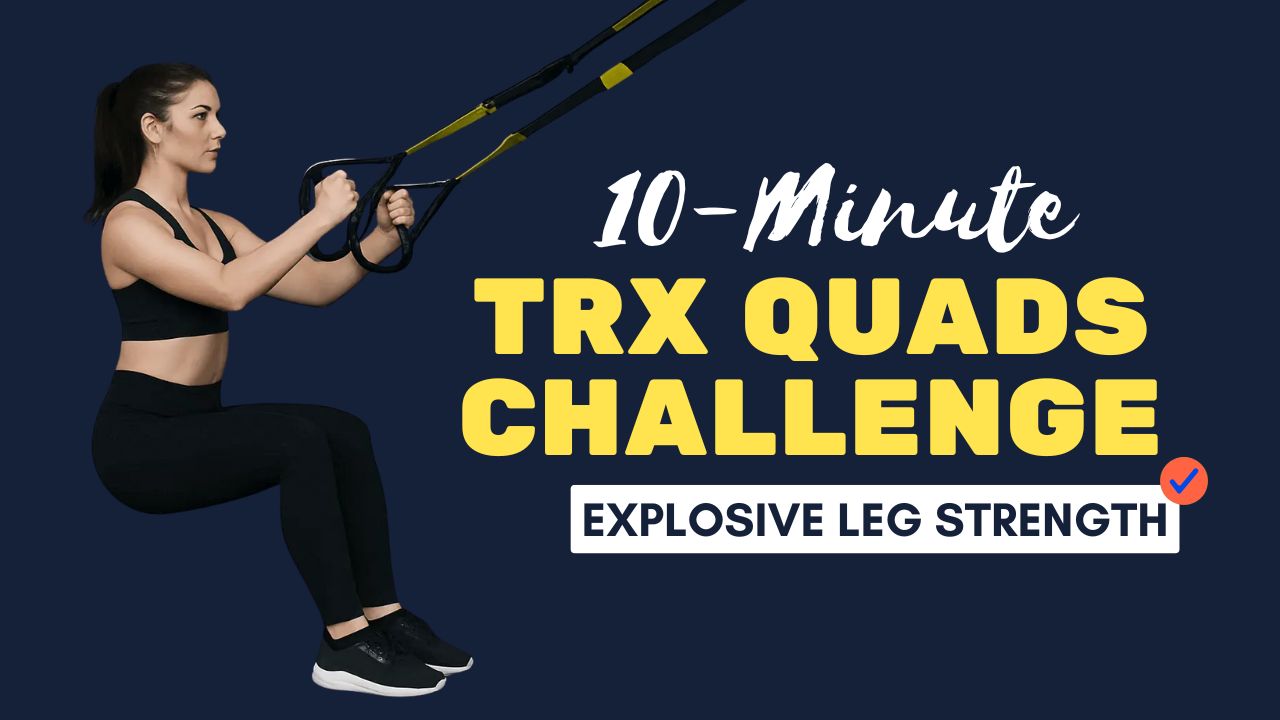Have you ever wondered why your side belly fat—often called “love handles”—is so stubborn compared to the rest of your body?
Many people spend endless hours doing crunches only to realize that those moves don’t really target the obliques, the muscles along the sides of your waist that define a toned midsection.
Here’s the truth: Spot reduction is a myth. You can’t lose fat from a single body part just by exercising it. But when you combine strength training, especially oblique-targeting workouts with resistance bands, and proper nutrition, you can shed excess fat and carve a strong, lean waistline.
Resistance bands are often underestimated. Yet, studies show that resistance band training can be just as effective as free weights in building muscle strength and endurance.
They provide continuous tension, challenge your muscles through every part of the movement, and are beginner-friendly while still being intense enough for advanced athletes.
This 7-day oblique workout challenge is designed to fire up your side abs, improve core stability, and boost calorie burn. Whether you’re a beginner or experienced, follow the daily routine and watch your core transform.

Table of Contents
Why Target the Obliques?
The obliques aren’t just about aesthetics. These muscles play a crucial role in:
- Core stability – Protecting your spine and improving posture.
- Athletic performance – Enhancing twisting, turning, and side-bending movements in sports.
- Injury prevention – Supporting your lower back and reducing strain.
- Everyday function – From carrying groceries to bending sideways, strong obliques make daily life easier.
Do you know? Oblique muscles are divided into two layers: external obliques (on the surface, visible when well-defined) and internal obliques (deeper, providing stability). Training both is key to a balanced, strong core.
What Can Happen After 30 Days of This Workout
| Positive Changes | What to Keep in Mind |
|---|---|
| Improved core strength and stronger obliques. | Visible fat loss depends on diet and overall lifestyle, not exercise alone. |
| Better posture and reduced strain on the lower back. | Progress may vary from person to person. |
| Increased endurance and ability to perform more reps with control. | Avoid overtraining—rest days are as important as workout days. |
| Noticeable toning and firmness around the waistline. | Definition may take longer if body fat percentage is high. |
| Enhanced stability and balance in daily movements. | Stay consistent with both workouts and nutrition for lasting results. |
| Boost in energy levels and workout confidence. | Plateaus can occur—progressive overload is key. |
Do’s and Don’ts of the 7-Day Resistance Band Oblique Workout
| Do’s | Don’ts |
|---|---|
| Warm up for 5–10 minutes before starting to prepare your muscles. | Don’t skip warm-ups; it increases the risk of injury. |
| Maintain controlled, slow movements to fully engage the obliques. | Don’t use momentum or rush through reps. |
| Start with a light to medium resistance band and progress gradually. | Don’t jump straight into heavy resistance if you’re a beginner. |
| Focus on proper breathing—exhale during exertion, inhale during return. | Don’t hold your breath; it reduces performance and stability. |
| Keep your core tight and hips aligned during each movement. | Don’t let your hips sag or twist incorrectly during planks or crunches. |
| Rest 30–45 seconds between sets for recovery. | Don’t over-rest or let your heart rate drop too much. |
| Combine this workout with cardio and a balanced diet for best results. | Don’t rely on oblique exercises alone for fat loss. |
7 Powerful Resistance Band Oblique Exercises
Below are the exercises you’ll perform throughout the 7-day challenge. Each one includes a description of its benefits followed by a clear “how to” guide.
1. Resistance Band Standing Side Crunch
Why it works: This movement mimics a side crunch but with added resistance, directly targeting the external obliques for definition.
How to:
- Secure the resistance band under your feet while standing upright.
- Hold the band handles (or ends) at shoulder level.
- Slowly crunch your torso to the right side while pulling the band down slightly.
- Return to the starting position and repeat on the other side.
Tip: Keep movements controlled—avoid leaning forward or backward.
2. Resistance Band Woodchoppers
Why it works: Woodchoppers replicate rotational movements, engaging both internal and external obliques while also activating shoulders and hips.
How to:
- Attach the resistance band to a low anchor point.
- Stand with feet shoulder-width apart, side facing the anchor.
- Grip the band with both hands and pull it diagonally across your body (from low to high).
- Control the return and repeat before switching sides.
Myth busted: Many think twisting movements alone burn side fat. In reality, this exercise builds strength in the obliques, which, when combined with fat loss strategies, reveals muscle definition.
3. Resistance Band Side Plank Row
Why it works: Combines the stability challenge of a side plank with the resistance of a band row, maximizing core engagement.
How to:
- Anchor the band at waist height.
- Get into a side plank position (elbow under shoulder, hips lifted).
- With your free hand, grab the band and pull it toward your torso.
- Slowly release and repeat.
Tip: Keep hips lifted the entire time to avoid sagging.
4. Resistance Band Oblique Twists
Why it works: Strengthens rotational power and endurance while targeting deep oblique muscles.
How to:
- Anchor the band at chest height.
- Stand sideways, feet shoulder-width apart, and hold the band with both hands.
- Extend arms in front and rotate your torso away from the anchor.
- Return slowly and repeat, then switch sides.
Fact: Oblique twists also engage the transverse abdominis—the deep “corset” muscle that helps flatten your belly.
5. Resistance Band Knee-to-Elbow Crunch
Why it works: This dynamic move combines a standing crunch with resistance, simulating the classic bicycle crunch but upright.
How to:
- Step on the band with your right foot and hold the other end with your right hand overhead.
- Drive your right knee up while pulling your right elbow down to meet it.
- Squeeze the obliques at the top.
- Repeat on the left side.
Tip: Focus on controlled movements, not speed.
6. Resistance Band Seated Russian Twists
Why it works: A core-strengthening move that emphasizes rotational stability while keeping tension constant with the band.
How to:
- Sit on the floor, knees bent, feet slightly lifted.
- Hold the band stretched between your hands.
- Lean back slightly, then rotate your torso to the right.
- Come back to the center and rotate left.
Do you know? Russian twists with resistance bands increase muscle activation more than bodyweight versions, especially in the obliques.
7. Resistance Band Side-Lying Leg Lifts with Oblique Crunch
Why it works: A double-hit move combining lower body and oblique activation.
How to:
- Lie on your right side with the band looped just above your knees.
- Place your right hand under your head and your left hand on the floor.
- Raise your top leg against band resistance while crunching your torso sideways.
- Lower slowly and repeat, then switch sides.
Tip: Keep movements smooth to avoid band snapping.
The 7-Day Oblique Workout Challenge
Now that you know the exercises, here’s how to structure them into a 7-day plan. Each day includes a combination of movements targeting different aspects of your obliques.
Guidelines:
- Warm-up: 5 minutes of light cardio + dynamic stretches.
- Sets & Reps: 2–3 sets of 12–15 reps (per side where applicable).
- Rest: 30–45 seconds between sets.
- Progression: Gradually increase resistance or reps each week.
Workout Routine (Row Format)
Day 1: Standing Side Crunch + Woodchoppers + Oblique Twists
Day 2: Side Plank Row + Knee-to-Elbow Crunch
Day 3: Russian Twists + Side-Lying Leg Lifts
Day 4: Rest or light cardio/stretching
Day 5: Repeat Day 1
Day 6: Repeat Day 2
Day 7: Full Circuit – All 7 exercises in one session
Workout Routine (Table Format)
| Day | Exercises | Sets | Reps | Rest |
|---|---|---|---|---|
| 1 | Standing Side Crunch, Woodchoppers, Oblique Twists | 3 | 12–15 each | 30–45s |
| 2 | Side Plank Row, Knee-to-Elbow Crunch | 3 | 12–15 each | 30–45s |
| 3 | Russian Twists, Side-Lying Leg Lifts | 3 | 12–15 each | 30–45s |
| 4 | Active Rest (light cardio or stretching) | – | – | – |
| 5 | Repeat Day 1 | 3 | 12–15 each | 30–45s |
| 6 | Repeat Day 2 | 3 | 12–15 each | 30–45s |
| 7 | Full Circuit (all 7 exercises) | 2–3 | 12–15 each | 30–60s |
Conclusion
Side belly fat doesn’t vanish overnight, but with consistent effort, the right training, and a mindful lifestyle, you’ll notice real changes.
This 7-Day Resistance Band Oblique Workout is not just about carving out visible lines—it’s about strengthening your core, improving stability, and building a foundation for long-term fitness.
By the end of the challenge, you’ll likely feel stronger, move with better posture, and gain confidence in your body’s abilities.
Challenge continuation idea: If you’ve completed these 7 days, don’t stop here. Continue the program for 3–4 weeks, gradually increasing the resistance level of your bands, adding an extra set, or reducing rest times.
After that, you can expand the challenge into a 30-Day Core & Obliques Transformation Plan, where you mix in full-body resistance band moves, cardio, and progressive overload. This way, your obliques keep getting stronger while your overall fat burn accelerates.
The journey to a leaner waistline is not about quick fixes—it’s about sustainable progress. Stay consistent, keep challenging yourself, and you’ll not only torch side belly fat but also develop a core that supports you in every aspect of life.
Frequently Asked Questions (FAQs)
Can resistance band workouts really burn belly fat?
Resistance bands help build muscle and increase calorie burn, which supports fat loss. However, no exercise directly “melts” fat from one area. When combined with a calorie-controlled diet and overall fitness routine, resistance band oblique workouts help reduce side belly fat and strengthen your waistline.
How long does it take to see results from this 7-day oblique workout challenge?
In just 7 days, you’ll notice improvements in strength, posture, and core engagement. Visible fat loss usually takes 4–6 weeks of consistent training with proper nutrition. Treat this 7-day program as a kick-start rather than a quick fix.
Do I need heavy resistance bands for this workout?
Not necessarily. Beginners can start with light to medium resistance bands and focus on correct form. As your strength increases, switch to heavier bands to keep challenging your muscles.
Can beginners do this 7-day resistance band oblique workout?
Yes! The exercises are beginner-friendly. If you’re just starting, reduce the number of reps (8–10 instead of 12–15) and take longer rest periods until your core strength improves.
Can I do this workout every week?
Absolutely. This 7-day structure can be repeated for several weeks. To avoid plateaus, increase band resistance, add an extra set, or reduce rest times as you progress.
Will doing only oblique workouts slim my waistline?
No. Spot reduction is a myth. These exercises strengthen and tone your obliques, but visible results come from combining them with full-body workouts, a balanced diet, and consistent cardio.
Should I follow a special diet along with this challenge?
While no single diet is required, focusing on lean proteins, whole grains, vegetables, and healthy fats will speed up fat loss and muscle definition. Staying hydrated and limiting processed foods also makes a big difference.
Can resistance band oblique exercises replace weights at the gym?
Yes and no. Resistance bands are excellent for building strength and endurance, especially for the obliques and core. However, for maximum muscle growth, a combination of free weights and bands often gives the best results.
How long should each workout session take?
Each daily routine in this challenge takes about 20–30 minutes, depending on rest periods and the number of sets you complete. It’s quick, efficient, and can easily fit into your schedule.
Do I need any other equipment besides resistance bands?
No extra equipment is required for this challenge. A mat for comfort during floor exercises is helpful, but resistance bands alone are enough to complete the entire program.
